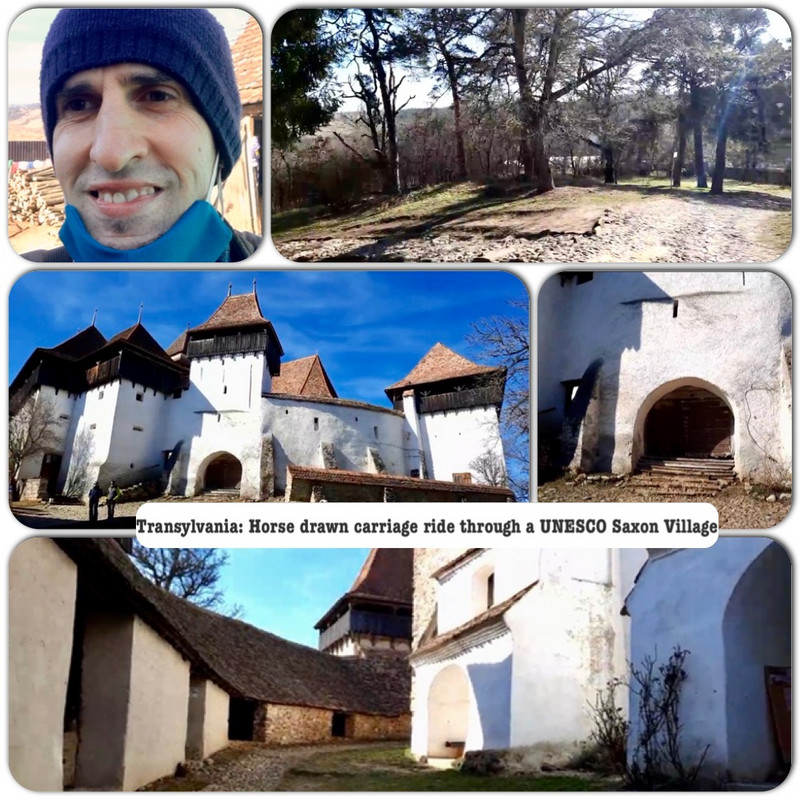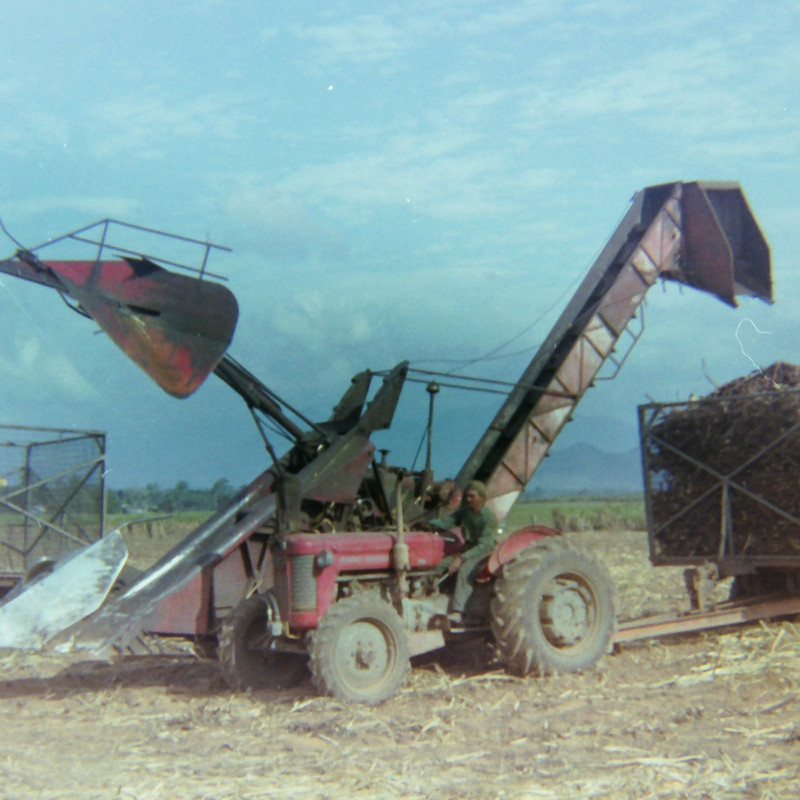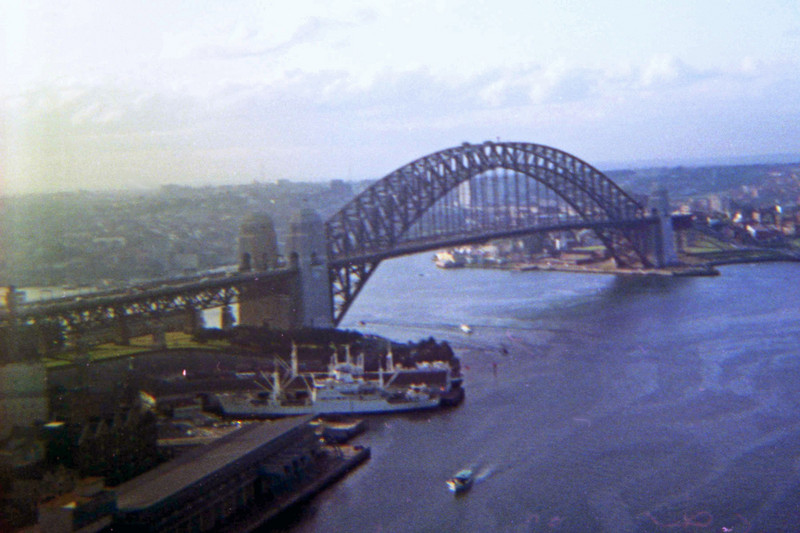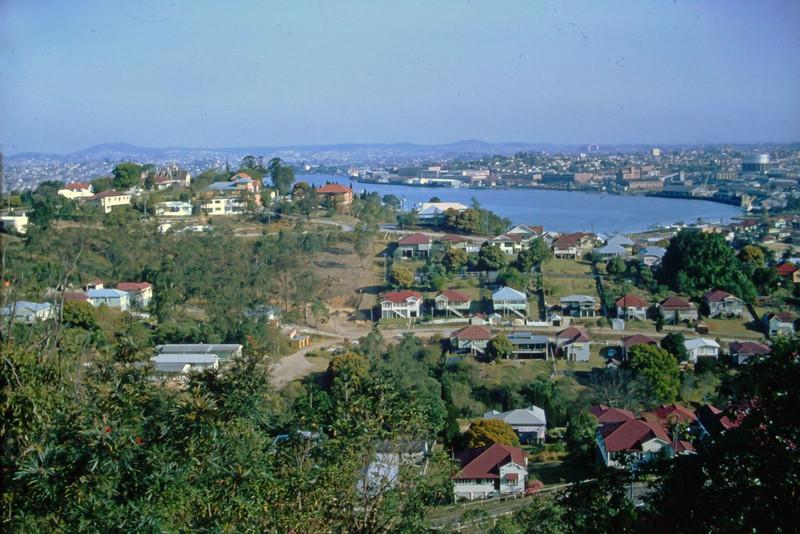7th March - The Treasures of Transylvania: Horse drawn carriage ride through a UNESCO Saxon Village and its Fortified Church
Today we are in Viscri, with its many traditional houses, part of the Saxon heritage of Viscri is for its white fortified church, first mentioned in 1400.
The King of Hungary in the 12th century had a problem, his kingdom needed defending, especially in the south and east, in what is now Romania. It was the Middle Ages, and everybody was fighting over territory. So he sent ethnic Germans to settle in Transylvania, and they continued to move there until the end of the 13th century. These colonists became known as Saxons.
In order to defend themselves against attack, especially from the Ottomans they built fortifications. In some cases the fortification centered around a castle or even an entire town, but in many smaller villages, they instead added defenses to their churches.
Historically, the church in Viscri went through three construction phases. Its earliest foundations date back to the beginning of the 12th century when the local Szekler population built a small church. At the end of
During the second phase that started sometime in the 13th century, the Saxons of Transylvania built the main tower on the west side and enlarged the nave of the church towards the east. Its during the third construction phase of the 15th century that the church was fortified, partially preserved until today as some of its fortifications were demolished after the Ottoman threat disappeared.
As with most of these virtual tours, due to Covid many churches are closed but our guide did show a photograph of the inside of the church & also a overhead view of the fortification.
About 150 fortified churches are scattered across Transylvania. Seven of them together make up a UNESCO World Heritage Site including the one In Viscri.
The colonization of Transylvania by Germans began un the 12th century.For decades, the main task of these medieval settlers was to defend the southeastern borders of the Kingdom of Hungary the against
The first wave of settlement continued well until the end of the 13th century, they came to be collectively referred to as Saxons.Gradually, the type of medieval German once spoken by these craftsmen, guardsmen, and workers became known locally as Sksesch.
The Transylvanian Saxon population had steadily decreasing since World Word II as they started massively leaving the territory of Romania, relocating initially to Austria, then predominantly to southern Germany especially Bavaria.
The vast majority of Transylvanian Saxons live in either Germany or Austria but a sizable Transylvanian Saxon population also resides in the United States & also Canada.
Since 1990, the Foundation has dedicated its activity to protecting historical Transylvanian heritage.
project, born out of the relentless ambition to restore this ancient, beautiful, and historically important area by rebuilding the villages. The whole village project is the initial MET project in Romania, starting in 2000 under the patronage of HRH the Prince of Wales.
Prince of Wales has owned a traditional farmhouse here since 2006. We stopped outside the distinctive blue house, a simple traditional Saxon property like any other in the village; distinguished by features such as broad wooden gates and clay roof tiles, part of the house even dates back to the 18th century, the photographs looked very nice inside.
Back into the cart and we continued along to meet the local blacksmith,still working with traditional methods.
This village has a very popular tourist destination so today with no overseas tourists it was a delight to be there.
Designated as a World Heritage Site by UNESCO, this perfectly intact 16th century a gem with nine towers, cobbled streets, burgher
It is the birthplace of Vlad Dracula, also known as Vlad Tepes (Vlad the Impaler), ruler of the province of Walachia from 1456 to 1462.









